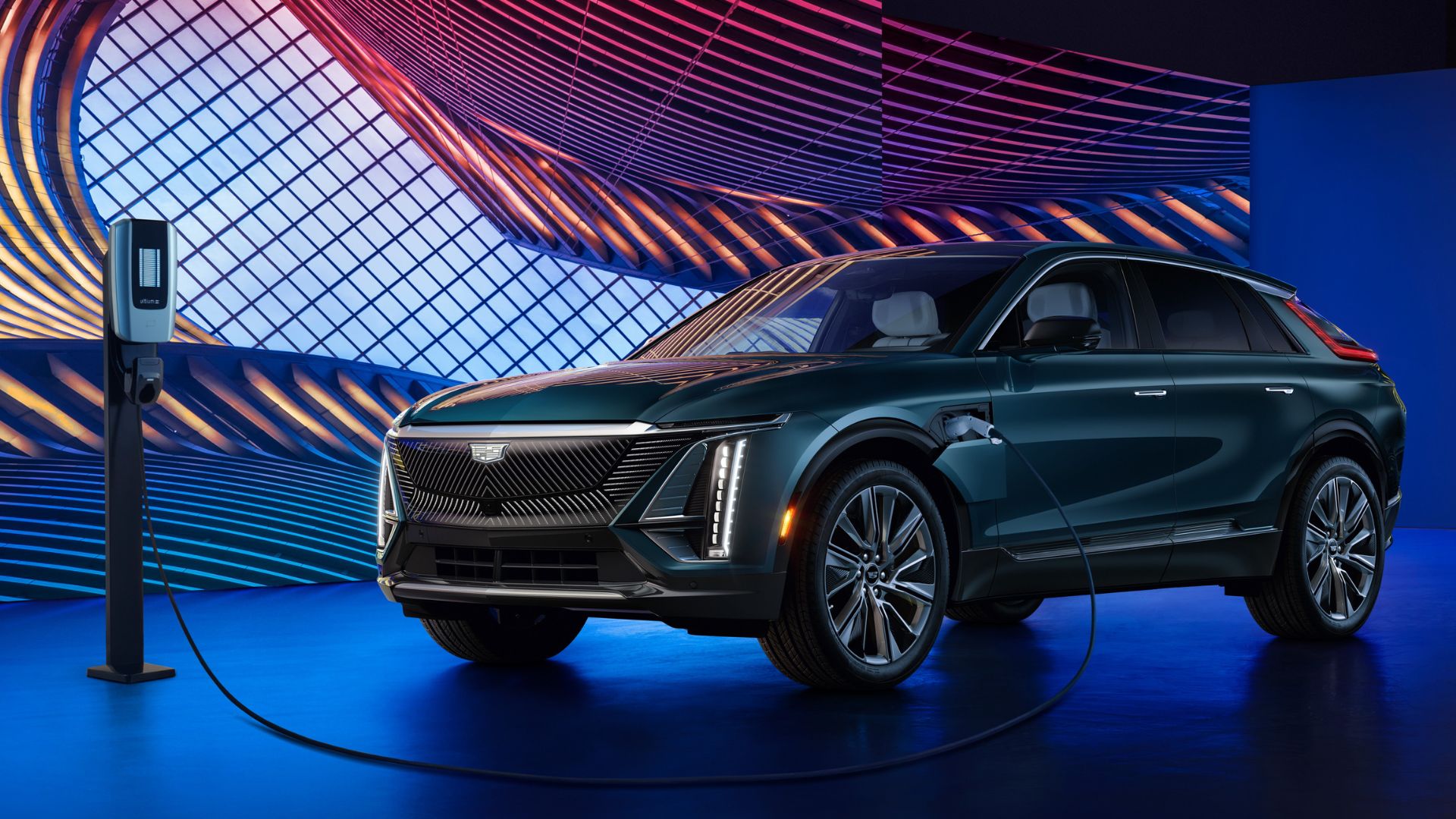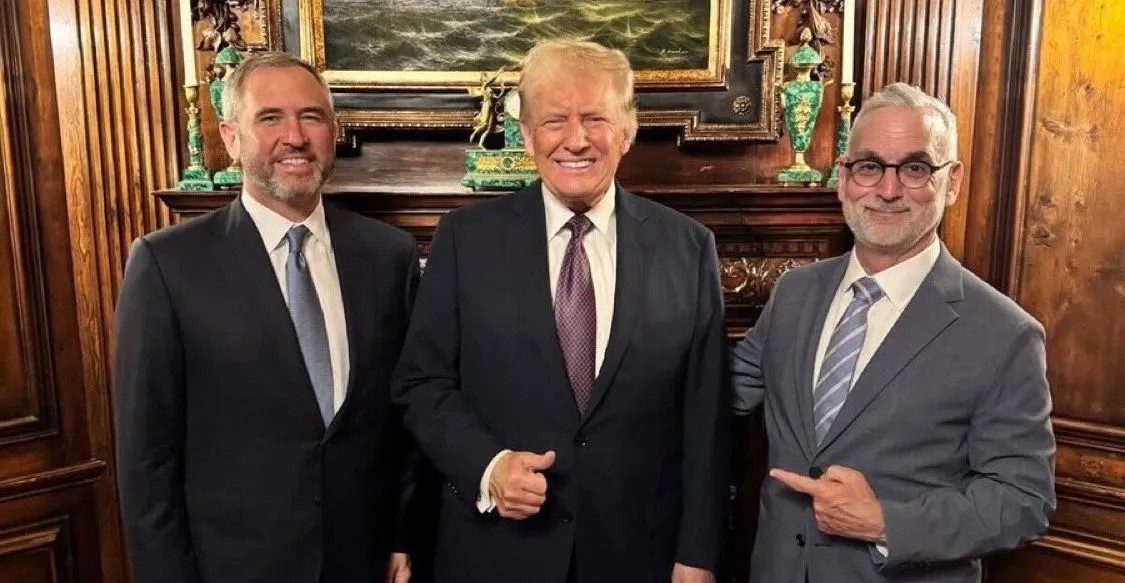Increased Resistance To EV Mandates From Car Dealers

Table of Contents
Financial Concerns and Infrastructure Limitations
One of the primary drivers of resistance is the substantial financial burden placed on dealerships by EV mandates. Transitioning to an EV-centric model requires significant upfront investment. Dealerships must invest in new infrastructure, including the installation of Level 2 and Level 3 charging stations, specialized tools for EV servicing, and comprehensive training programs for their mechanics. This represents a considerable financial outlay, particularly for smaller dealerships with limited resources.
Furthermore, dealerships face the risk of reduced sales of gasoline-powered vehicles (ICE vehicles), their traditional revenue stream, as EV mandates gradually phase out the sale of new ICE cars. This uncertainty, coupled with the potential for unsold inventory of ICE vehicles, creates a significant financial risk. The viability of their business model is threatened by the unpredictable demand for EVs, especially considering variations in consumer adoption across different geographical regions.
- High cost of installing Level 2 and Level 3 chargers. The expense can be prohibitive, especially for dealerships in areas with lower EV adoption rates.
- Need for specialized EV mechanic training and equipment. Training technicians on the intricacies of EV repair and maintenance requires substantial investment in time and resources.
- Uncertainty about consumer adoption rates in different regions. Market demand for EVs varies significantly, making it difficult for dealerships to accurately forecast inventory needs.
- Potential for stranded assets with unsold ICE vehicles. Dealerships face the risk of being left with unsold ICE vehicles as the market shifts towards EVs.
Challenges in EV Sales and Servicing
Beyond the financial implications, dealerships face significant challenges in adapting their sales and service operations to accommodate EVs. The sales process itself differs considerably from that of ICE vehicles. Educating customers on EV technology, charging infrastructure, and government incentives requires a different approach and greater expertise. Furthermore, servicing EVs presents unique complexities. EV servicing requires specialized tools and highly trained technicians to diagnose and repair intricate electrical systems and battery packs. Repair times can be longer, and parts can be more expensive and have longer lead times.
- Lack of consumer familiarity with EV technology and charging infrastructure. Many consumers are still unfamiliar with EVs and their charging requirements, creating a need for extensive customer education.
- Longer lead times for EV parts and repairs. Sourcing replacement parts for EVs can be challenging and time-consuming, potentially leading to longer repair times.
- Different sales approaches needed to educate customers on EV benefits. Dealerships need to adapt their sales strategies to emphasize the unique advantages of EVs.
- Need for greater technician training and certification programs. The industry needs to invest in comprehensive training programs to equip technicians with the skills to service EVs effectively.
Concerns About Government Support and Regulatory Uncertainty
Adding to the challenges are inconsistencies and uncertainties surrounding government support and regulations. Government incentives and subsidies for EV adoption vary widely across different regions, creating confusion and uncertainty for dealerships. Furthermore, the lack of clear and consistent regulations and standards regarding EV sales, servicing, and infrastructure requirements adds to the apprehension. Dealerships fear potential penalties or fines for non-compliance with ever-evolving mandates.
- Inconsistent government subsidies across different regions. The uneven distribution of incentives makes it difficult for dealerships to plan their investments and strategies.
- Lack of clear guidelines on EV infrastructure requirements. Unclear regulations create uncertainty and hinder investment in charging infrastructure.
- Concerns about potential penalties for failing to meet sales targets. Dealerships worry about the financial consequences of not meeting government-imposed sales targets for EVs.
- Uncertainty about future regulations and their potential impact on the industry. The constant evolution of regulations makes long-term planning and investment challenging.
The Impact of Dealer Resistance on EV Adoption Goals
The resistance from car dealers poses a significant threat to the timely and successful transition to electric vehicles. Dealer reluctance to invest in EV infrastructure can slow down the rollout of charging stations, limiting consumer access to EVs. Inventory constraints due to dealer hesitancy can restrict consumer choice and potentially inflate EV prices due to limited competition. This ultimately undermines the government's goal of widespread EV adoption.
- Slow rollout of charging infrastructure due to dealer reluctance. A lack of charging stations hinders the appeal and practicality of EVs for consumers.
- Limited consumer access to EVs due to dealer inventory constraints. Reduced availability of EVs limits consumer choice and could slow down the market transition.
- Potential for higher EV prices due to limited competition. Reduced dealer participation could lead to higher prices, making EVs less accessible to a wider range of consumers.
- Need for collaborative solutions between manufacturers, dealers, and government. A collaborative approach is necessary to address dealer concerns and ensure a smoother transition to electric vehicles.
Conclusion: Addressing the Increased Resistance to EV Mandates
The increased resistance to EV mandates from car dealers presents a significant challenge to the successful transition to electric vehicles. The financial burdens, operational complexities, and regulatory uncertainties faced by dealerships are substantial and cannot be ignored. To ensure a smooth and effective transition, policymakers and manufacturers must work collaboratively with dealers to address their concerns through constructive dialogue, targeted financial support, and clear, consistent regulatory frameworks. Understanding the nuances of this resistance is vital for effective policymaking and industry adaptation to the coming age of electric mobility. Addressing the increased resistance to EV mandates through proactive and supportive measures is crucial for achieving the ambitious goals of widespread EV adoption.

Featured Posts
-
 Understanding The Impact Of Continuing Tariff Disputes An Fp Video Analysis
May 21, 2025
Understanding The Impact Of Continuing Tariff Disputes An Fp Video Analysis
May 21, 2025 -
 New Womens Tag Team Champions Emerge On Wwe Monday Night Raw
May 21, 2025
New Womens Tag Team Champions Emerge On Wwe Monday Night Raw
May 21, 2025 -
 Skin Bleaching Self Love And The Story Of Vybz Kartel
May 21, 2025
Skin Bleaching Self Love And The Story Of Vybz Kartel
May 21, 2025 -
 Die Rueckkehr Von Dexter John Lithgow Und Jimmy Smits
May 21, 2025
Die Rueckkehr Von Dexter John Lithgow Und Jimmy Smits
May 21, 2025 -
 Groeiend Autobezit Stuwt Occasionverkoop Bij Abn Amro
May 21, 2025
Groeiend Autobezit Stuwt Occasionverkoop Bij Abn Amro
May 21, 2025
Latest Posts
-
 Matt Lucas And David Walliams Cliff Richard Musical One Big Snag
May 21, 2025
Matt Lucas And David Walliams Cliff Richard Musical One Big Snag
May 21, 2025 -
 Find Everything Sandylands U On Tv
May 21, 2025
Find Everything Sandylands U On Tv
May 21, 2025 -
 Sandylands U Tv Schedule What To Watch
May 21, 2025
Sandylands U Tv Schedule What To Watch
May 21, 2025 -
 Ktore Pracovne Prostredie Je Pre Vas Idealne Home Office Alebo Kancelaria
May 21, 2025
Ktore Pracovne Prostredie Je Pre Vas Idealne Home Office Alebo Kancelaria
May 21, 2025 -
 Home Office A Kancelaria Analyza Efektivity A Spokojnosti Zamestnancov
May 21, 2025
Home Office A Kancelaria Analyza Efektivity A Spokojnosti Zamestnancov
May 21, 2025
